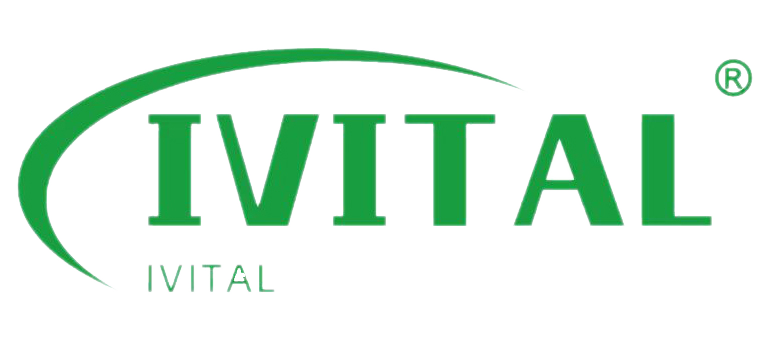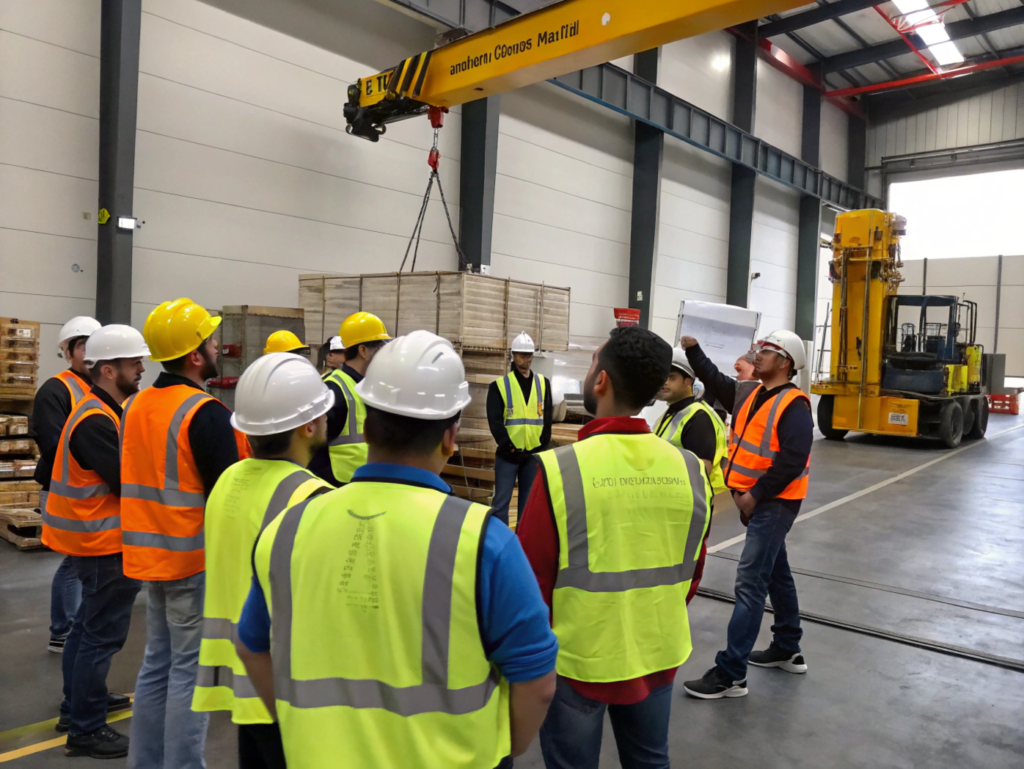Lifting gear doesn’t fail—until someone skips the training. And then the cost is more than just downtime.
Effective SWL training teaches teams how to assess loads, read capacity tags, use rigging correctly, and follow safe lifting practices under real-world conditions.
I once watched a greenhorn rigger unknowingly rig a sling at the wrong angle—putting double stress on it. We caught it in time, but that moment made one thing clear: safety training isn’t optional—it’s survival.
[Table of Contents]
- Why does SWL training matter on lifting sites?
- What should be included in SWL-focused training programs?
- How do you train workers on identifying SWL limits?
- What practical exercises build SWL awareness?
- Where can companies find reliable SWL training resources?
Why does SWL training matter on lifting sites?
Because equipment limits mean nothing if your team doesn’t know how to respect them.
SWL training protects people and assets, ensuring lifting operations stay within safe, legally compliant limits.
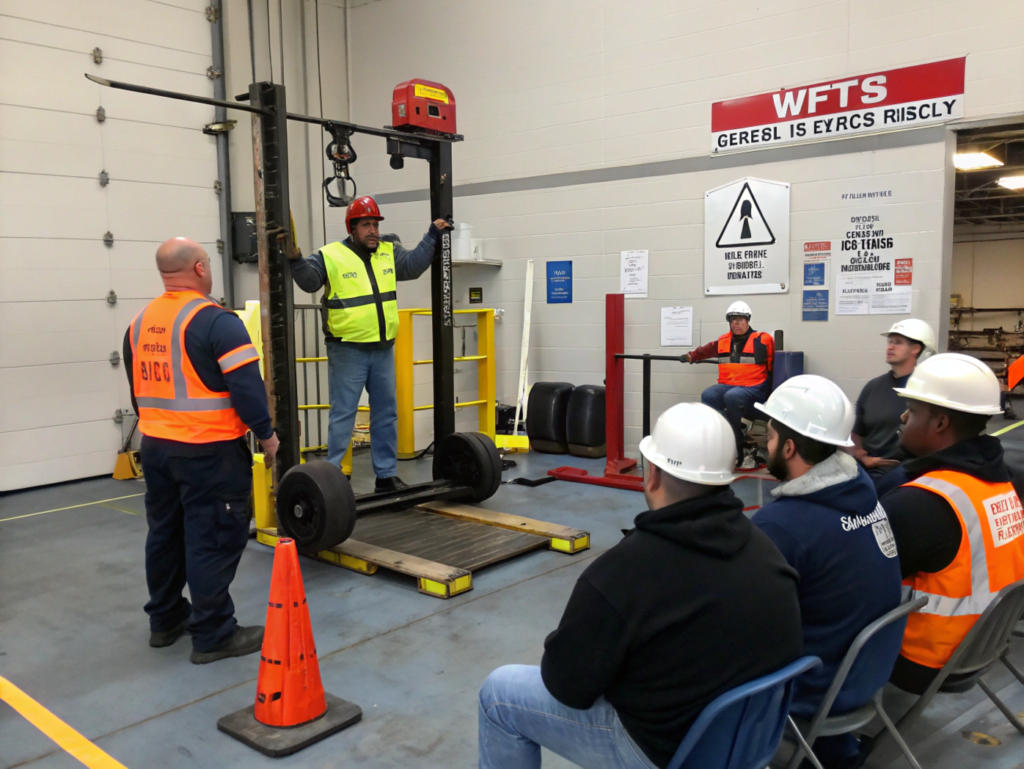
DiveDeeper: A baseline for safety
Every safe lift begins with someone who knows the limits of the gear they’re using. OSHA and industry best practices require workers to understand SWL and how to apply it. That knowledge must be baked into your culture—not just laminated on a clipboard.
What should be included in SWL-focused training programs?
Start with the basics, then go deeper with field-tested rigging logic.
A strong SWL training plan covers load limits, rigging angles, capacity charts, equipment tags, and inspection protocols.
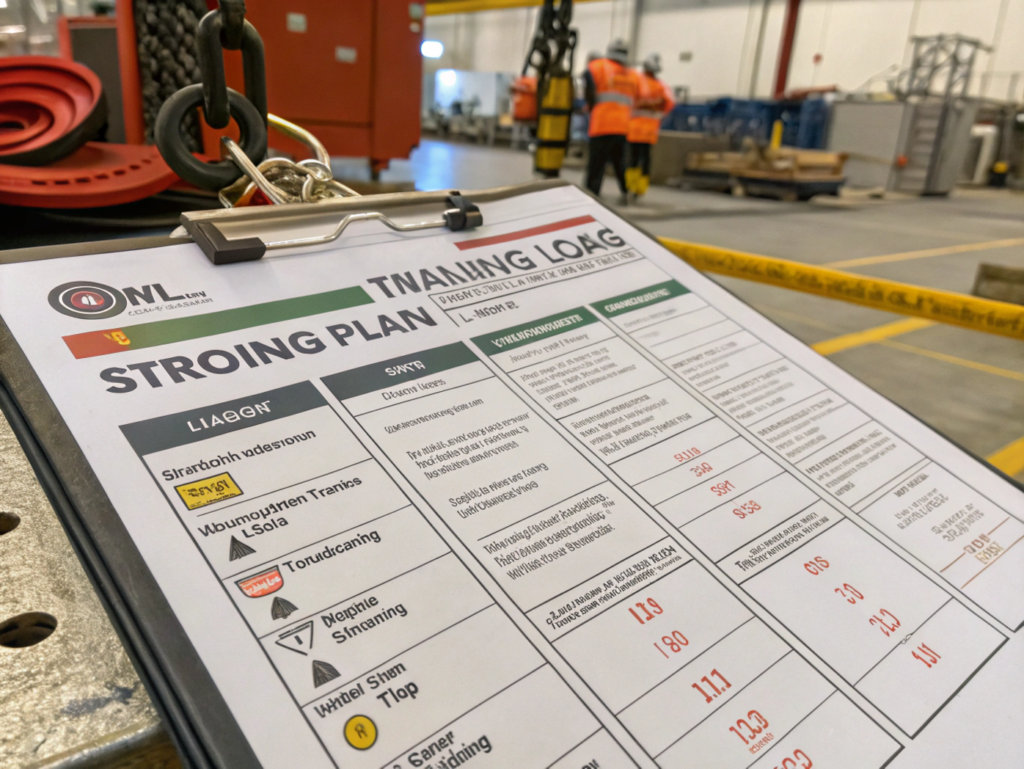
DiveDeeper: Core curriculum checklist
- Understanding WLL/SWL: What these terms mean and why they differ from breaking loads.
- Tag Interpretation: How to read product markings on slings, chains, and hoists.
- Load Path Calculation: Factoring in sling angles and dynamic forces.
- Safety Factor Awareness: Why a 5:1 ratio isn’t just a number—it’s a lifeline.
Most importantly, training should explain the consequences of overload—legal, financial, and human.
How do you train workers on identifying SWL limits?
Make it visual. Make it repeatable. Make it part of every lift.
Workers must learn to read WLL markings, match them to job requirements, and confirm lifting angles and configurations don’t exceed the limit.
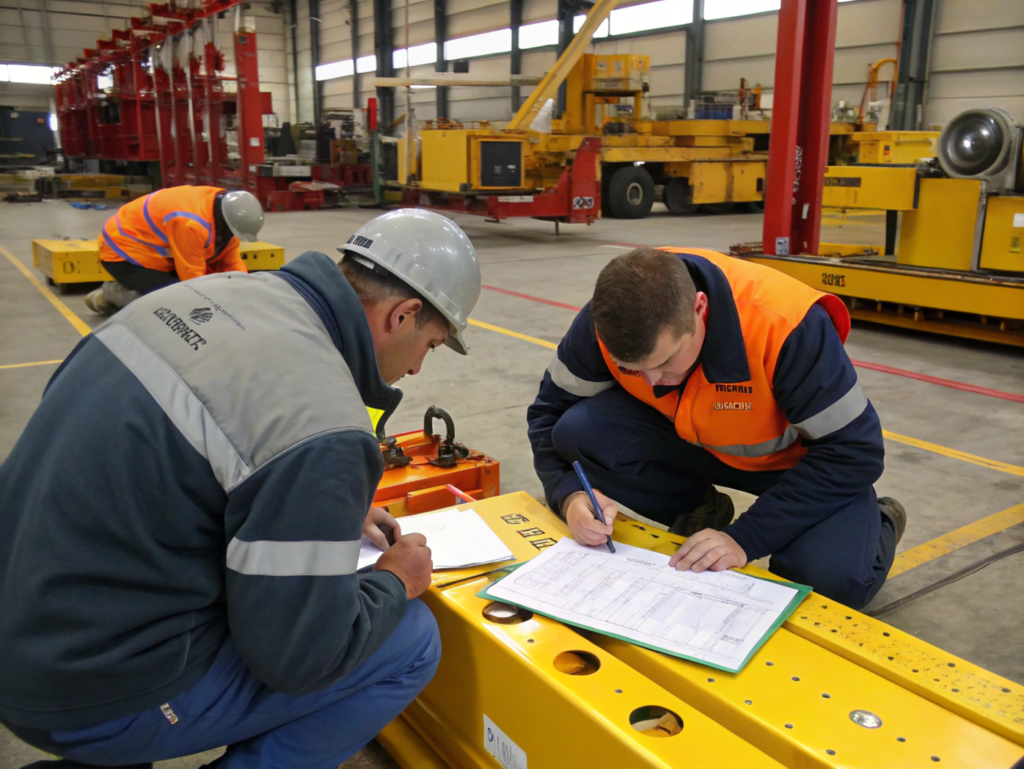
DiveDeeper: Practical identification tips
- Use color-coded tags or labels for easy SWL visibility.
- Post load charts next to all rigging stations.
- Require operators to verbally confirm WLL before each lift.
- Include this step in every pre-lift checklist.
IVITAL lifting gear, for example, comes with clearly embossed WLL markings, backed by certification documents. That makes field checks fast—and audit-proof.
What practical exercises build SWL awareness?
Simulate mistakes in a safe setting. The lessons will stick for life.
Run field exercises like mis-rigged slings, angle stress scenarios, and overcapacity tag reads—then debrief the risks.
DiveDeeper: SWL training drills
Here are a few proven methods:
- Tag Match Game: Lay out slings and loads—ask crews to match safe combos.
- Angle Stress Challenge: Demonstrate how a 45° sling angle increases force.
- Spot the Violation: Use photos of incorrect setups—have teams identify SWL breaches.
If you’re using IVITAL products, our training team offers on-site simulations and digital modules designed to reinforce these scenarios with real tools.
Where can companies find reliable SWL training resources?
There’s no need to build a program from scratch—great tools already exist.
Look to OSHA modules, supplier seminars, and industry-specific training platforms like NCCCO or IVITAL’s own technical support library.
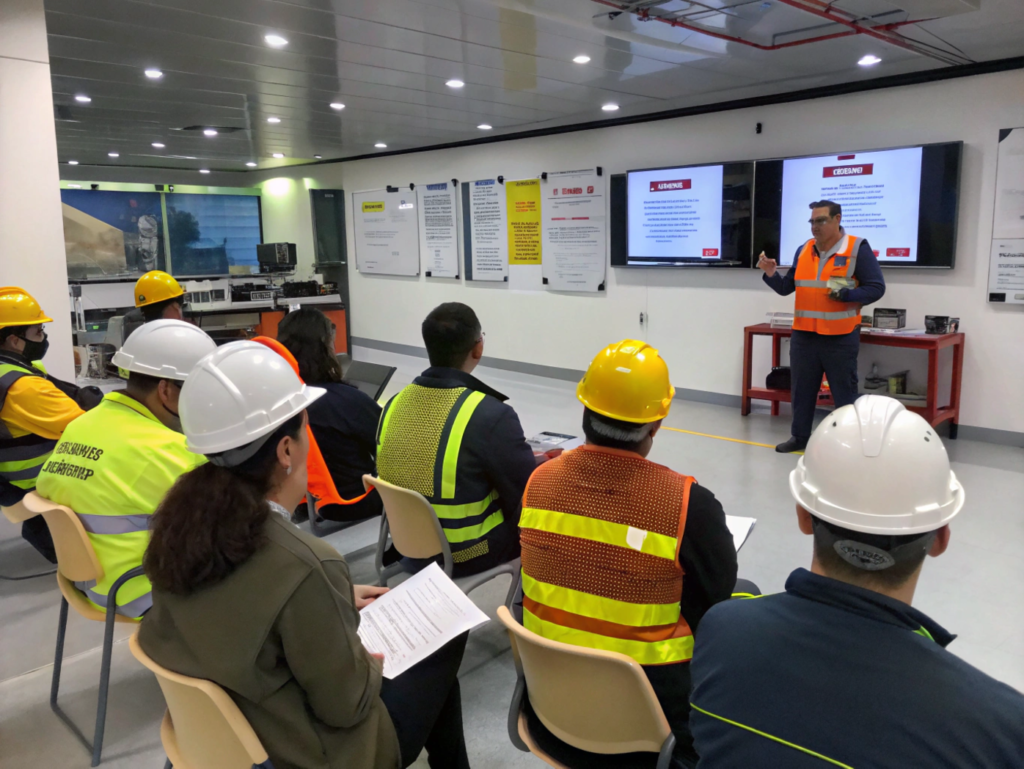
DiveDeeper: Trusted training sources
- OSHA Education Center
- Talent Training Institute
- Chevron Lifting Training PDF
- Supplier programs from brands like IVITAL, which include tailored sessions for rigging and hoisting product lines
Summary
SWL training isn’t just education—it’s insurance. Make it personal, make it practical, and make it constant.
